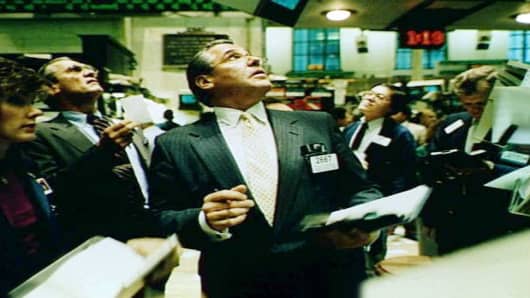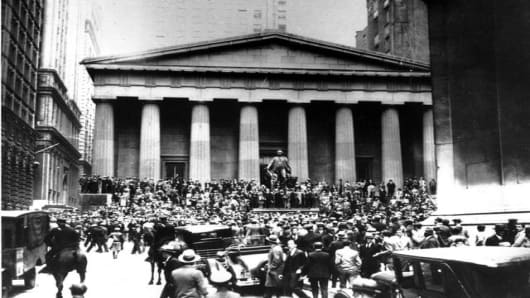The stock market crash of 1929 was both a good thing and a bad thing for the investors in 1987.
At the least, it provided some perspective in that the market crashed before and the world survived; at the worst, it was a bad precedent in that the crash preceded the Great Depression and a world war.
“No one at the time thought there wouldn’t be a lasting impact,” says Robert Hormats, a managing director and vice chairman of Goldman Sachs International. “The prism people were looking through was the crash of ‘29. It was a serious collapse of the wealth effect.”
Today, market historians, observers and participants pretty much all say the two crashes have little in common and in that way they make for some good comparisons.
Crash Vs. "Crashette"
The crash of Oct. 19, 1987 hacked about $1 trillion off the value of the U.S. stock market, versus an estimated $14 billion on Black Tuesday, Oct. 29, 1929.
The crash of 1929 represented an enormous loss of wealth – both for individuals and companies. The crash of 1987 was sort like the market losing its wallet for a couple of months
One possible reason was that the Federal Reserve intervened in 1987, having inexplicably failed to do so in 1929.




